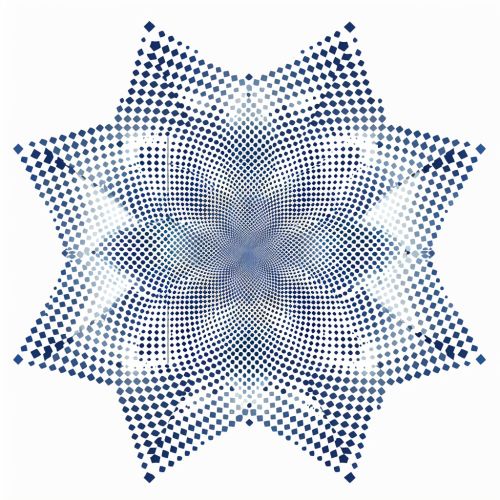Pentagonal number
Introduction
A pentagonal number is a figurate number that extends the concept of triangular and square numbers to the pentagon. The nth pentagonal number is the number of distinct dots in a pattern of dots consisting of the outlines of regular pentagons with a common vertex, where n is the number of pentagons. The sequence of pentagonal numbers starts with 1, 5, 12, 22, 35, and so on.
Mathematical Definition
The formula for the nth pentagonal number is given by: \[ P_n = \frac{3n^2 - n}{2} \] where \( P_n \) represents the nth pentagonal number and \( n \) is a positive integer.
Derivation of the Formula
To derive the formula for pentagonal numbers, consider the geometric arrangement of dots forming pentagons. The first pentagonal number, \( P_1 \), is simply 1. For each subsequent pentagon, additional dots are added in a pattern that can be described algebraically. By examining the difference between consecutive pentagonal numbers, one can derive the general formula.
Properties
Pentagonal numbers possess several interesting properties:
- **Parity**: The parity of pentagonal numbers alternates between odd and even.
- **Difference**: The difference between consecutive pentagonal numbers increases linearly. Specifically, the difference between the nth and (n-1)th pentagonal numbers is \( 3n - 2 \).
- **Generating Function**: The generating function for pentagonal numbers is:
\[ G(x) = \sum_{n=1}^{\infty} P_n x^n = \frac{x(1 + x)}{(1 - x)^3} \]
Relationship to Other Figurate Numbers
Pentagonal numbers are part of the broader family of figurate numbers, which include triangular numbers, square numbers, and hexagonal numbers. Each type of figurate number can be visualized as dots forming regular polygons.
Generalized Pentagonal Numbers
Generalized pentagonal numbers extend the concept to include negative indices. The generalized pentagonal number for index \( k \) is given by: \[ P_k = \frac{k(3k - 1)}{2} \] where \( k \) can be any integer, positive or negative. This generalization is particularly useful in number theory, especially in the study of partitions.
Applications in Number Theory
Pentagonal numbers play a significant role in number theory. One notable application is in Euler's pentagonal number theorem, which relates to the partition function. The theorem states that the generating function for the partition function can be expressed as an infinite product involving pentagonal numbers.
Visual Representation


Historical Context
The study of pentagonal numbers dates back to ancient Greek mathematicians, who explored various figurate numbers. The systematic study of these numbers was further developed in the 18th century by mathematicians such as Leonhard Euler.
